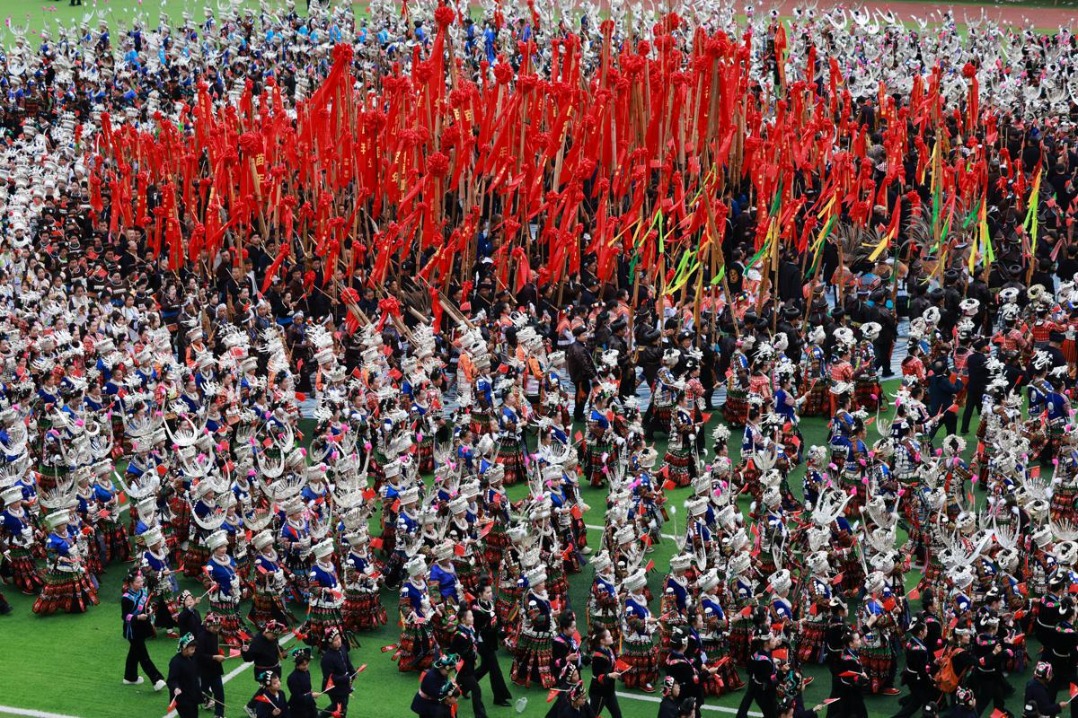Chinese scientists identify how neurons in mammals encode time

BEIJING -- A group of Chinese scientists identified how a specific region of neuron clusters in a mammal's brain encodes the time of the day, a finding that lend to new clues to decipher human being's biological clock design at a systematic level.
The suprachiasmatic nucleus (SCN) is known as the mammalian central circadian pacemaker with different types of neurons acting in concert while each neuron harbors a self-sustained molecular clockwork. But how system-level SCN signals record time was mysterious.
The researchers from Peking University used a high-speed dual-view two-photon microscope they developed to realize calcium ion imaging of up to 9,000 neurons in adult SCN slices, and then they leveraged artificial intelligence (AI) methods to understand meanings of those signals as a whole.
The population-level calcium ion signals can predict hourly time via a group decision-making mechanism, according to the study published recently in the journal Cell Research.
They achieved hourly time prediction by polling random cohorts of SCN neurons, reaching 99 percent accuracy at a cohort size of 900, according to the study.
"The SCN is the mammal's central biological clock, which receives and processes external light information, calculates time and outputs signals to guide the behaviors of organisms," said Wang Zichen from Peking University, the first author of the paper.
- Forum unites global experts to enhance city image communication
- Miao New Year celebrations get underway in Guizhou's Leishan county
- Mainland spokesman reiterates stand on Taiwan
- Fujian county's rural development becomes a big draw for Taiwan investors
- Nobel laureate in chemistry: Give young scientists more independence
- Are Asians really better at math?




































